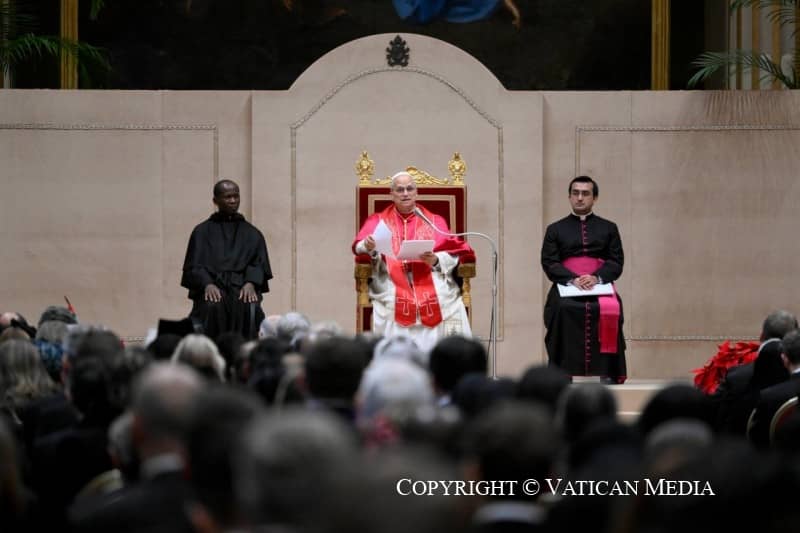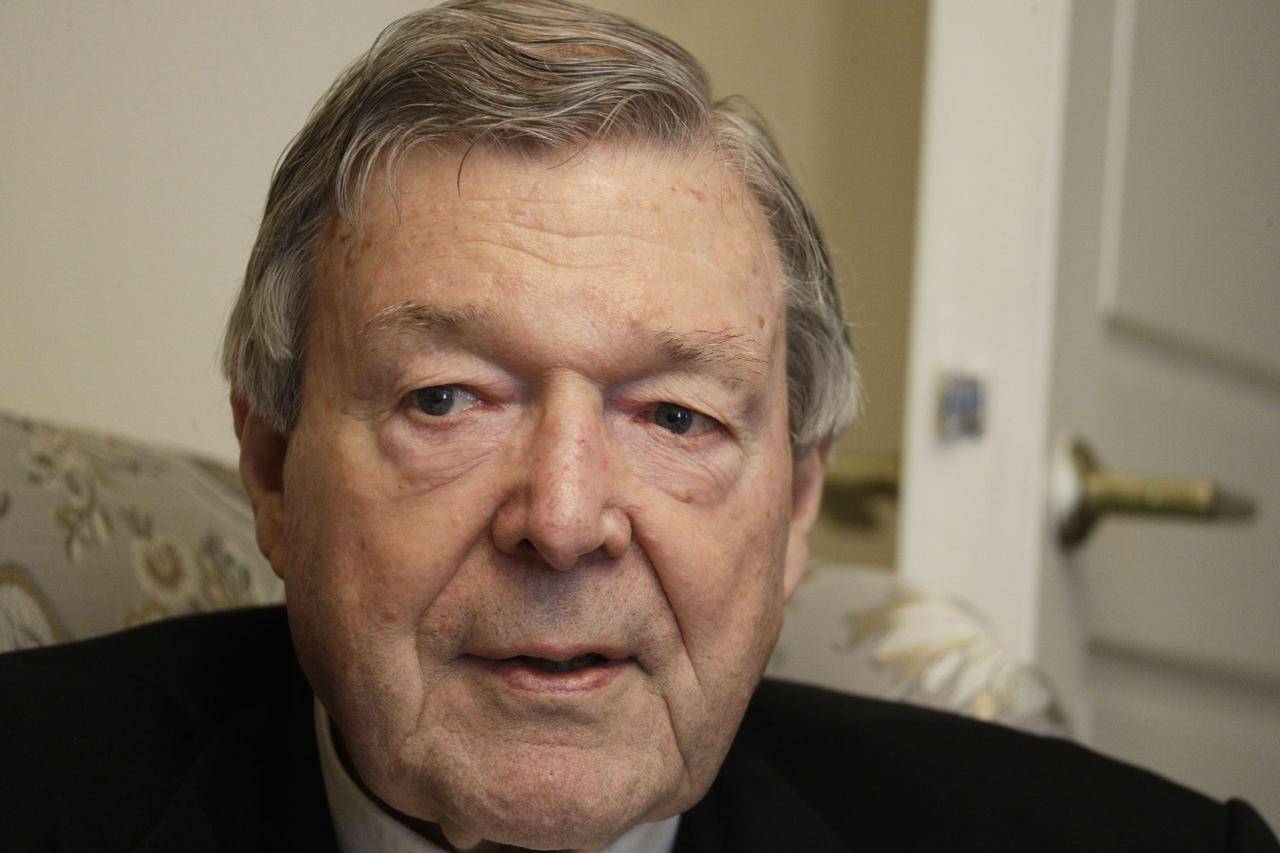ROME – For a pope, one good way to be remembered is to do more of something than anyone else in history. To this day, Vatican-watchers love to cite the factoid that John Paul II traveled more than all previous popes combined, covering three and a half times the distance between the earth and the moon.
The previous record for papal trips outside Italy was held by Paul VI, who took nine. John Paul II made 104 such journeys, visiting 129 countries in all – meaning it’s literally easier to list the nations he didn’t visit, since the UN recognizes a total of 193 sovereign states.
By the measure of sheer quantity, one thing for which Pope Francis is certain to be remembered is his interviews.
Oddly enough, unlike papal trips, no one in the Vatican appears to have kept an accurate count of the full number of media interviews Francis has given since his election in March 2013. One commonly cited tally is “more than 200,” but that’s just a way of saying, “It’s a lot, but we don’t really know.”
L’Osservatore Romano, the official Vatican newspaper, has reprinted 72 of these interviews to date, but that’s only a subset of the total.
The thought comes to mind in light of the fact that last Saturday, Pope Francis drove across town to the headquarters of the Italian national broadcaster RAI to record an interview for a June 4 segment of the TV program A Sua Immagine (“In His Image”), which goes on air every Sunday morning just before his noontime Angelus address.
It was the first time a pontiff has visited RAI’s mother ship in the Roman neighborhood of Saxa Rubra, and another reminder of just how ubiquitous papal interviews have become in the Francis era. The experience of most reporters is that they barely have time to unpack the most recent papal Q&A before the next one drops.
One common term linking John Paul II’s trips and Francis’s interviews is that both are ways of making the modern papacy visible and relevant, using the tools modernity itself provides.
Famously, John Paul II once said that he considered himself the successor not only of Peter but, in a certain sense, Paul too, exploiting the highways and byways of his era in order to bring the Gospel to the world. Social mobility and the ease of travel in the late 20th century made that possible in a new way.
Every time the pope travelled, the world’s media moved with him, and for a few days, he had the capacity to shine a spotlight on some particular corner of the world that he believed needed attention. The massive crowds John Paul drew also reinforced the social capital of the papacy, providing an indirect response to the famous derisive question posed by Stalin of how many legions the pope has.
Watching John Paul II galvanize millions of devotees in Poland, for example, or Mexico, or the Philippines, the answer seemed clear: “Plenty.”
In a similar fashion, Pope Francis is exploiting the ubiquity of media in the 21st century to make the pope a regular point of reference in the digital sphere. Knowing that a vast swath of the population today draws its impressions of reality almost exclusively from television and online media, the pontiff has injected himself thoroughly into that milieu.
Once again, these interviews attest to the magnetic force of the papacy.
When Francis sat down just before Christmas for an interview with journalist Fabio Marchesi Ragona of Italy’s Canale 5, the broadcast drew more than 3 million spectators and a 14 percent audience share in its time slot … and this is Italy, by the way, where any pope is always over-exposed, so the fact Francis can still generate such numbers says something.
Another point linking John Paul’s travels with Francis’s interviews is that both drew withering criticism from the pope’s in-house opposition.
In the John Paul era, critics charged that his trips amounted to expensive exercises in agitprop, putting the pope in front of adoring multitudes to insulate him from challenges to his leadership. One liberal European cardinal told me in the mid-1990s that the pope’s trips reminded him of the Nuremberg rallies, in that both were intended to exalt the Great Leader and make resistance look puny and irrelevant.
Similarly today, critics of Pope Francis often complain that not only is his language in many of his interviews doctrinally imprecise and misleading, but that he hand-picks friendly reporters and media outlets that won’t ask any challenging questions. The idea, according to these detractors, is to make the pope look beloved and admired without exposing him to any real danger of being embarrassed.
Of course, such criticism can be read as a back-handed tribute. It’s unlikely people would invest so much energy objecting to something if they perceived it to be a failure.
One wonders, therefore, if there will be another commonality between John Paul’s physical travels and Francis’s virtual journeys in the media, i.e., that both may become institutional features of the papacy.
It’s striking that when Benedict XVI and Francis were elected, both initially said they did not plan to travel as much as John Paul, suggesting that his outings represented a personal charism they didn’t necessarily share. Yet in the end, both averaged more or less the same number of foreign trips a year as John Paul, having found that the demand for the pope’s physical presence simply required it.
It’s possible future popes may have the same experience vis-à-vis interviews. They may come into office vowing not to follow Francis’s lead, only to discover that in a media-saturated age, the demand for a pope to make himself available, and the advantages of doing so, mean it’s no longer a matter of personal preference but part of the job description.
Come to think of it, maybe that’s a question Francis himself could be asked in a future interview … because, God knows, there probably will be more.

















